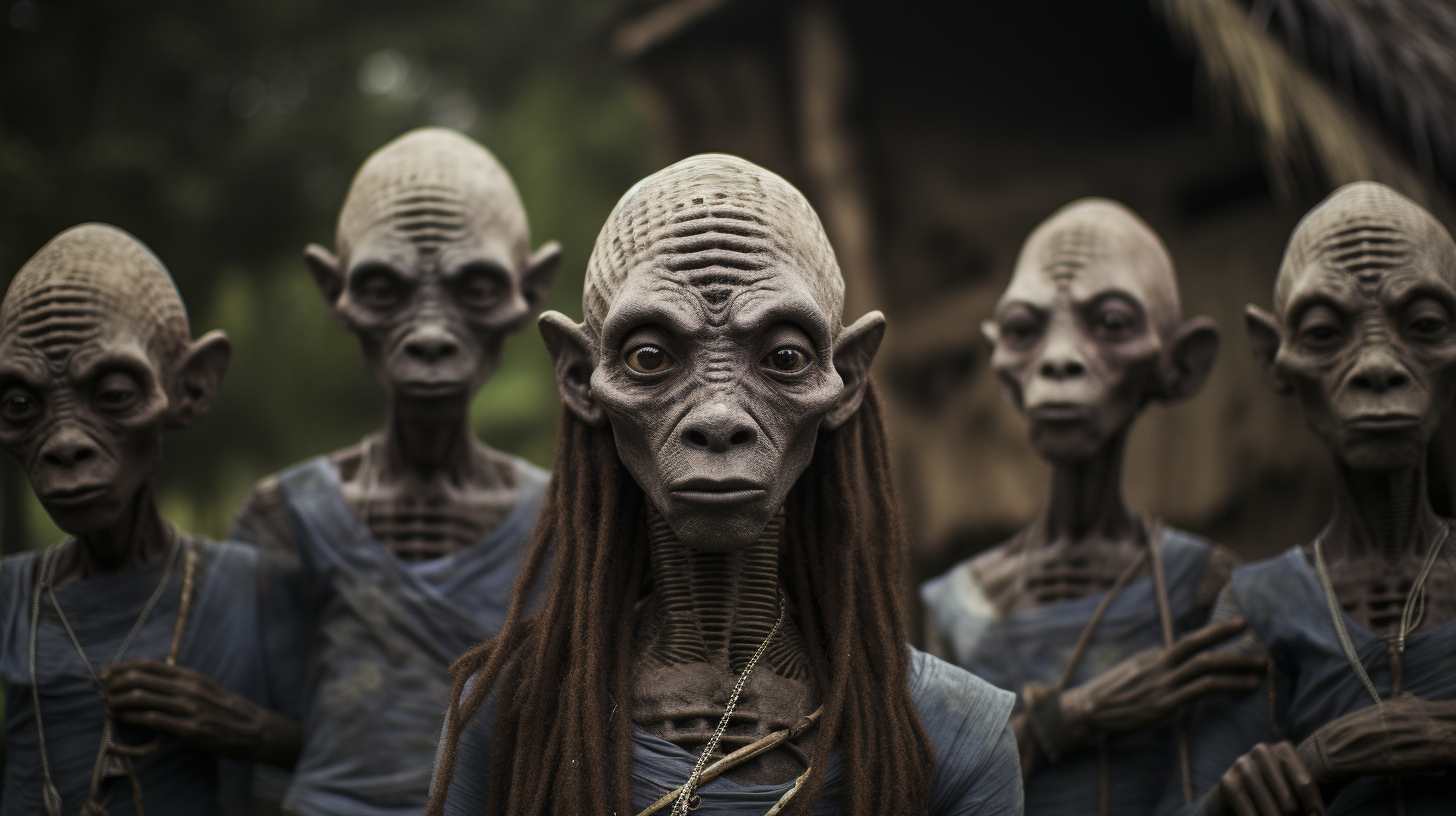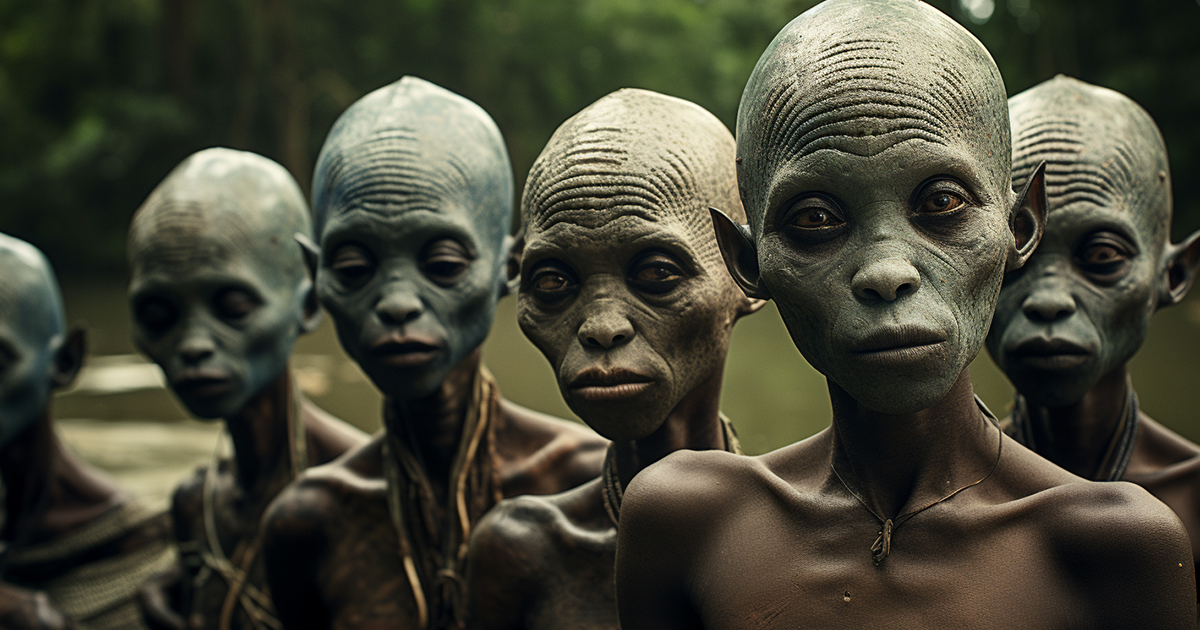Venturing into the heart of the Kingdom of Congo around 1482, the Portuguese explorer Diogo Cao embarked on a journey that led to a profound encounter with a civilization deeply entrenched in its traditions and spiritual convictions.
What started as an exploration of the unknown swiftly transformed into a multilayered narrative involving cultural clashes, religious transitions, and the enigmatic concept of multiple souls.
The arrival of Cao in the dense jungles of the Congo heralded the onset of European exploration in the area, prompting the deployment of countless missionaries from Portugal with the mission to convert the local tribes from their ancient Vodun faith to Catholicism.
This conversion held more significance than a mere shift in beliefs; it was a pivotal part of a broader European agenda that aimed not only to acquire territory, wealth, and labor but also to save souls for the Catholic Church.
Over the span of a century, European missionaries achieved the Christianization of the Kingdom of Congo, supplanting the indigenous notion of a sky god creating Earth and its inhabitants with the Catholic creation narrative.
Amidst this religious transition, a captivating facet of the locals’ belief endured—a belief shared with the ancient Egyptians in the existence of multiple souls within humans.

In this dualistic worldview, individuals were thought to possess both a “big soul” and a “little soul,” where the former embodied personality and identity, while the latter functioned as a fundamental animating force, often equated to a lesser angel and a greater angel.
Upon death, the lesser angel lingered with the body, perplexed, while the greater angel departed.
During the spread of Christianity, traditional bokors, or witch doctors, found themselves compelled to conduct Vodun rituals clandestinely. European missionaries were astonished to hear accounts of these witch doctors resurrecting the deceased through ancient rites and ancestral wisdom, giving rise to beings known as zombies. These zombies were believed to possess solely the animating soul, devoid of personality and emotions.
Raising a confounding query: Could these narratives contain specks of truth? Might they offer proof that both the ancient Egyptians and the Congo tribes were onto something with their belief in the segmentation of consciousness into distinct entities?
The enigma deepens when contemplating how centuries-old witch doctors, lacking contemporary technology, could potentially reanimate the dead, restoring only the aspect of the soul responsible for animating the physical form.
Ancient astronaut theorists postulate a captivating theory, proposing that the origins of voodoo magic trace back to celestial beings and their messengers called orishas or loas. These divine envoys, as per legends, descended from the heavens in peculiar crafts, depicted in ancient carvings with elongated skulls.
Could these African deities have been extraterrestrial beings who not only imparted knowledge of the soul but also the secrets of reviving the deceased?
The narrative unravels further, suggesting that over time, the original teachings of these cosmic entities might have faded. Magicians and sorcerers in Africa and beyond attempted to replicate the feats of the extraterrestrials, achieving a limited measure of success—giving rise to zombies.
Nonetheless, the provenance of this wisdom remains lucid: it originated with celestial beings.
Video:
Within this intricate tapestry of cultural interplay, religious metamorphosis, and age-old beliefs, we find ourselves contemplating the potential that our comprehension of consciousness and the reanimation of the deceased may stem from encounters with extraterrestrial entities. As we navigate these cryptic strands of history, we are left with more queries than solutions, underscoring the complexity and profundity of human beliefs and the enigmas that perpetually enthrall our imagination.
